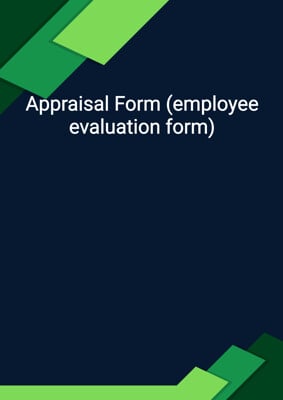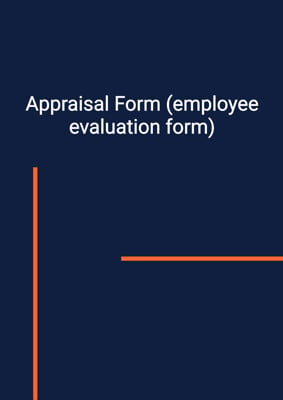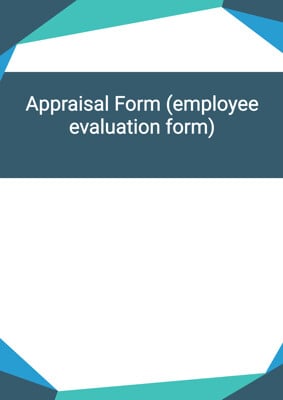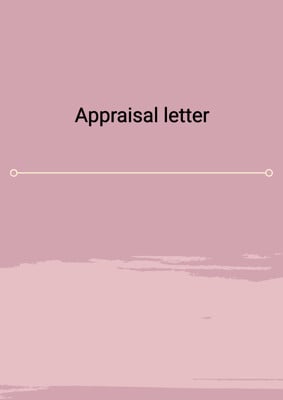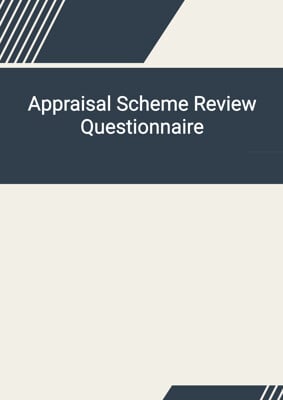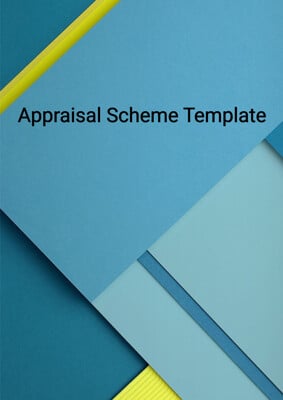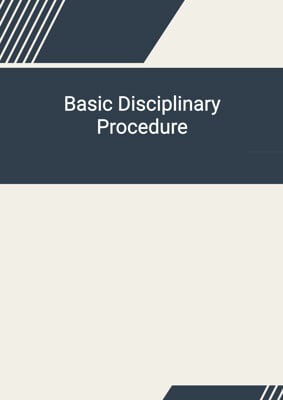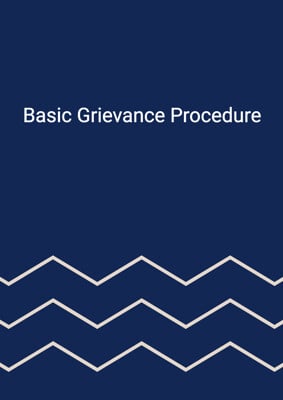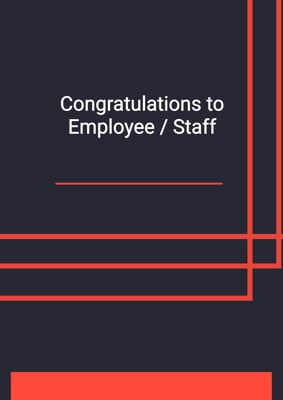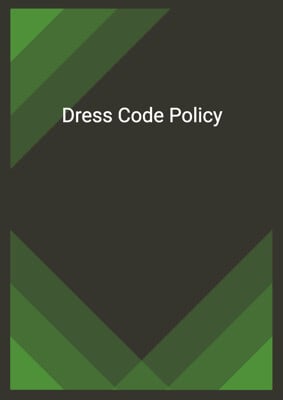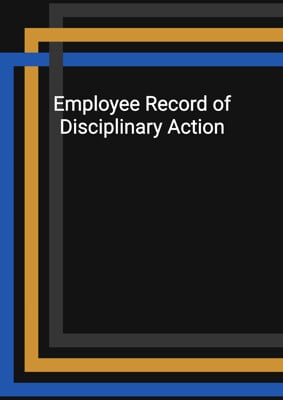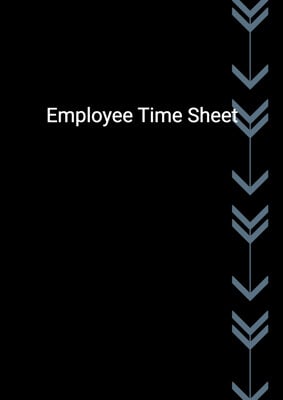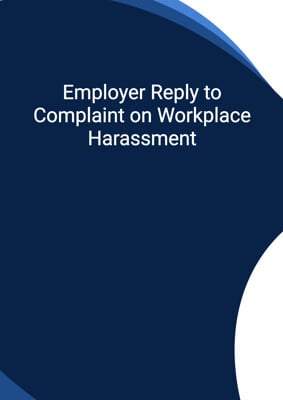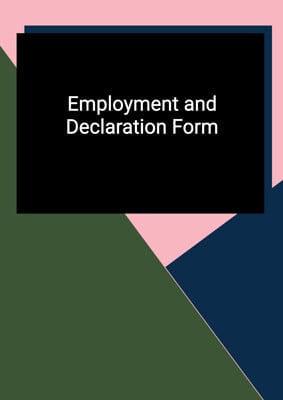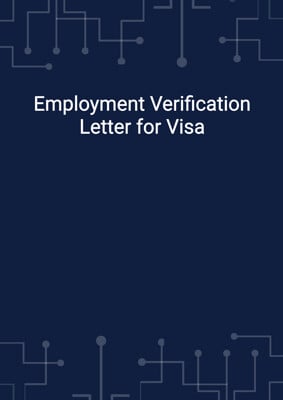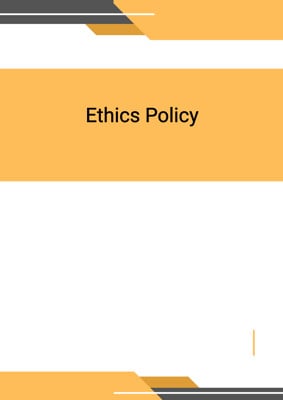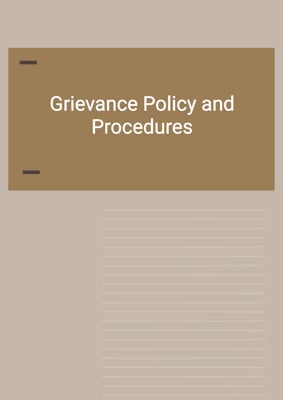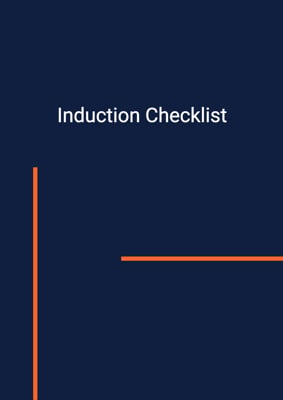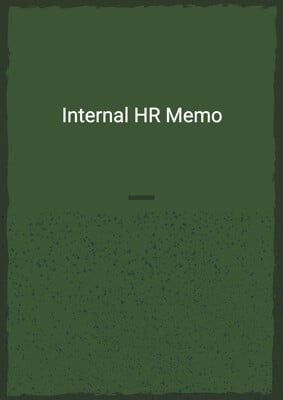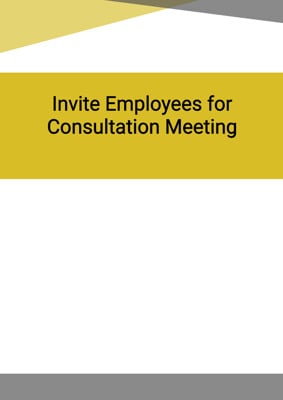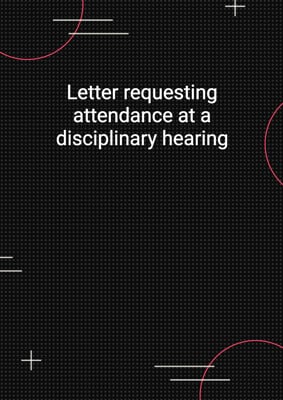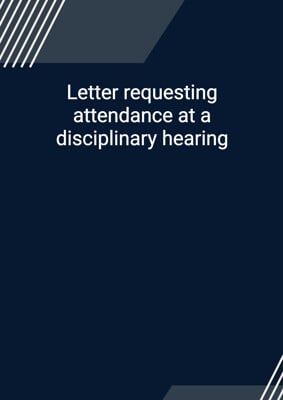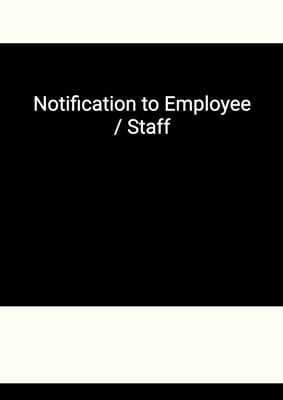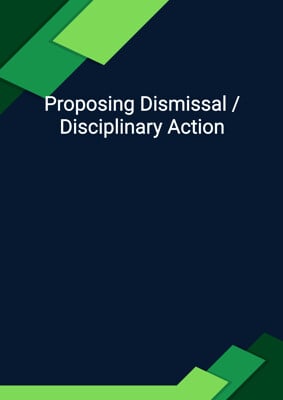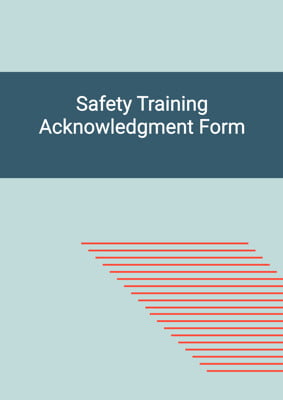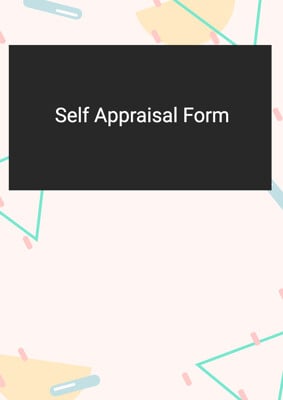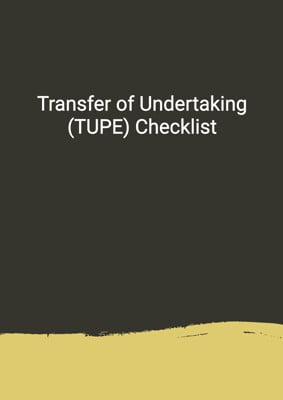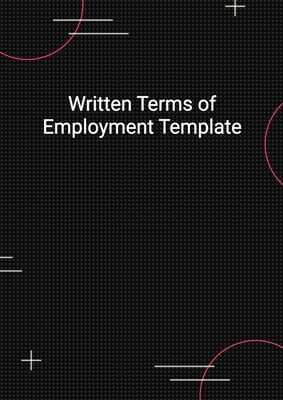
Letter to Initiate Settlement Discussion
No Previous Disciplinary Actions/Performance Management
This document can be used as a template for a letter to initiate a discussion of settlement. It is to be used by the employer / the human resources department to discuss a deal/offer for the employee to leave the current position/ be released from the current position in exchange for a payment.
How to Tailor the Document for Your Need?
01
Create Document
Click "Create Document" button and the document will be prepared with your account details automatically filled in.
02
Fill Information
Please fill in any additional information by following the step-by-step guide on the left hand side of the preview document and click the "Next" button.
03
Get Document
When you are done, click the "Get Document" button and you can download the document in Word or PDF format.
04
Review Document
Please review the document carefully and make any final modifications to ensure that the details are correct before publication / distribution.
Document Preview
Document Description
The document titled 'Letter to Initiate Settlement Discussion' is an important document that is used to initiate settlement discussions with an employee. It is typically used when there are concerns about the employee's conduct, attendance, or performance. The document starts with a brief introduction and then provides the employee with a confidential settlement proposal.
The document begins by addressing the employee and stating the purpose of the letter. It explains that the company has concerns about the employee's conduct/attendance/performance and offers a settlement agreement as an option to end the employment relationship. It also mentions that if an agreement cannot be reached, the company may proceed with the disciplinary or performance management procedure.
The terms of the settlement proposal are then outlined in detail. It states that the employee's employment would end on a specified date and lists the various payments the employee would receive, including wages/salary, bonus/commission, and outstanding holiday entitlements. It also mentions that the employee would agree not to bring any claims to an employment tribunal and would receive an agreed reference.
The document concludes by offering to arrange a meeting to discuss the proposal and terms of the offer. It mentions that the employee can be accompanied by a work colleague, trade union official, or trade union representative. It also states that the offer is subject to the final agreement of full terms and that the employee would need to obtain independent advice before signing the formal agreement.
In summary, the 'Letter to Initiate Settlement Discussion' is a detailed document that is used to initiate settlement discussions with an employee. It provides a confidential settlement proposal and outlines the terms of the offer, including the end of employment, payments, and agreement not to bring claims. It also offers to arrange a meeting to discuss the proposal and emphasizes the importance of obtaining independent advice before signing the agreement.
How to use this document?
1. Address the employee: Begin the letter by addressing the employee and stating the purpose of the letter, which is to initiate settlement discussions.
2. Explain concerns: Briefly explain the concerns about the employee's conduct, attendance, or performance that have led to the decision to offer a settlement agreement.
3. Offer settlement proposal: Present the settlement proposal in detail, including the end of employment date and the various payments the employee would receive.
4. Mention agreement not to bring claims: Clearly state that the employee would agree not to bring any claims to an employment tribunal.
5. Offer agreed reference: Mention that the employee would receive an agreed reference covering their period of employment.
6. Offer to arrange a meeting: Offer to arrange a meeting to discuss the proposal and terms of the offer, allowing the employee to be accompanied by a work colleague, trade union official, or representative.
7. Highlight the need for independent advice: Emphasize the importance of obtaining independent advice before signing the formal agreement.
8. Conclude the letter: Sign off the letter and include the account first name and job title.
Note: This guidance provides a brief overview of the steps involved in using the document. It is important to refer to the actual document for the complete and accurate guidance.
Not the right document?
Don’t worry, we have thousands of documents for you to choose from:






